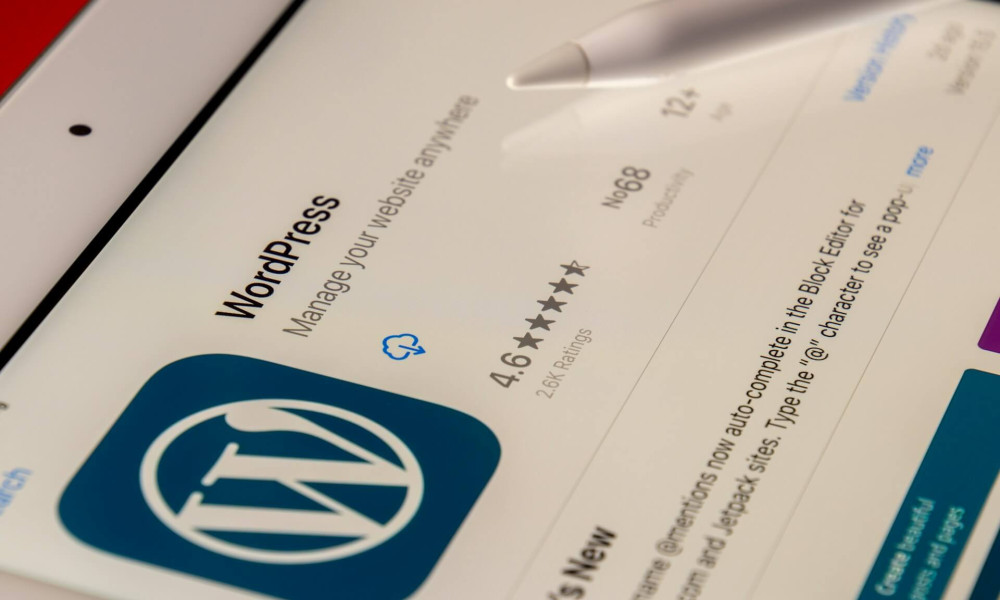Leveraging DMARC and BIMI to Authenticate Email
Email continues to be at the center of business communication. However, its widespread use also makes it a prime target for malicious actors. Email spoofing, where attackers disguise their emails to appear as if they're from a legitimate sender, is a common tactic used in phishing attacks. These attacks aim to steal sensitive information like passwords or financial data.
Fortunately, there are several email authentication protocols available to help combat spoofing and improve overall email security. Two of the most effective tools in this fight are DMARC (Domain-based Message Authentication, Reporting, and Conformance) and BIMI (Brand Indicators for Message Identification).
This article will delve into DMARC and BIMI, explaining how they work and how they can be leveraged together to create a robust email authentication strategy.
Understanding DMARC: Taking Control of Your Email Domain
DMARC is founded upon existing email authentication protocols such as SPF (Sender Policy Framework) and DKIM (DomainKeys Identified Mail). Below is a summary of how DMARC works:
- SPF: SPF allows domain owners to specify authorized servers that can send emails on their behalf.
- DKIM: DKIM uses digital signatures to cryptographically verify the sender's identity.
DMARC takes these a step further by allowing domain owners to define a policy for how email receiving servers should handle messages that fail SPF or DKIM authentication. This policy can be set to:
- None (Monitor): This allows DMARC to collect reports without taking any action on unauthenticated emails.
- Quarantine: Emails failing authentication are quarantined for further review.
- Reject: Unauthenticated emails are rejected outright.
By implementing DMARC with a "reject" policy, you can significantly reduce the risk of email spoofing originating from your domain. Additionally, DMARC provides valuable reporting data that allows you to identify unauthorized attempts to send emails from your domain. This information can be used to take further action, such as blocking suspicious senders.
Introducing BIMI: Building Brand Trust in Your Inbox
BIMI (Brand Indicators for Message Identification) is a relatively new email authentication protocol that builds upon DMARC. Here's what BIMI offers:
- Visual Brand Identity: BIMI allows verified senders to display their brand logo next to their email address in compatible email clients. This visual cue helps recipients identify legitimate emails and builds trust.
- Enhanced User Experience: By displaying a familiar logo, BIMI can improve the user experience for recipients, making it easier for them to identify genuine emails from your organization.
- Reduced Phishing Risk: The visual confirmation provided by BIMI can help recipients differentiate between legitimate emails from your company and phishing attempts that might try to spoof your domain.
The Power of DMARC and BIMI: Working in Tandem
While DMARC and BIMI serve distinct purposes, they work together to create a powerful email authentication solution. Here's how they complement each other:
- DMARC as the Foundation: DMARC establishes the core email authentication framework, ensuring only authorized emails appear to be from your domain.
- BIMI as the Visual Trust Signal: BIMI leverages DMARC's authentication to display your brand logo, further strengthening trust and brand recognition.
By implementing both DMARC and BIMI, you can achieve a multi-layered approach to email security, significantly reducing the risk of email spoofing and phishing attacks.
Taking Action: Implementing DMARC and BIMI
The process of implementing DMARC and BIMI involves several steps:
- DMARC Setup: Configure a DMARC record in your domain's DNS (Domain Name System) settings. Start with a "monitor" policy to analyze email traffic patterns before transitioning to a stricter enforcement policy like "quarantine" or "reject."
- BIMI Integration: Once you have a DMARC policy in place, you can implement BIMI by adding a BIMI record to your DNS. This record points to a specific location where your verified brand logo is hosted.
- Monitoring and Reporting: Regularly monitor DMARC reports to identify any unauthorized attempts to send emails from your domain. This information can be used to refine your DMARC policy and take action against suspicious senders.
DMARC and BIMI are powerful mechanisms that can significantly enhance your email security posture. By leveraging these protocols, you can protect your organization from phishing attacks, build trust with your recipients, and ultimately safeguard your brand reputation.
Benefits Beyond Security
While the primary focus of DMARC and BIMI lies in email security, there are additional benefits to consider:
- Improved Deliverability: Implementing DMARC can improve email deliverability rates by ensuring only authorized emails are sent from your domain, consequently reducing the risk of legitimate emails being flagged as spam.
- Increased Brand Recognition: The visual representation provided by BIMI reinforces brand recognition and strengthens your company's online presence.
Getting Started with DMARC and BIMI
Several resources are available to assist you in implementing DMARC and BIMI. Many email security vendors offer tools and guidance to simplify the process. Additionally, industry organizations like the DMARC Working Group (https://dmarc.org/) provide comprehensive documentation and best practices.
By taking a proactive approach to email authentication with DMARC and BIMI, you can create a more secure email environment for your organization, protect your brand reputation, and ensure legitimate communication reaches its intended recipients.




